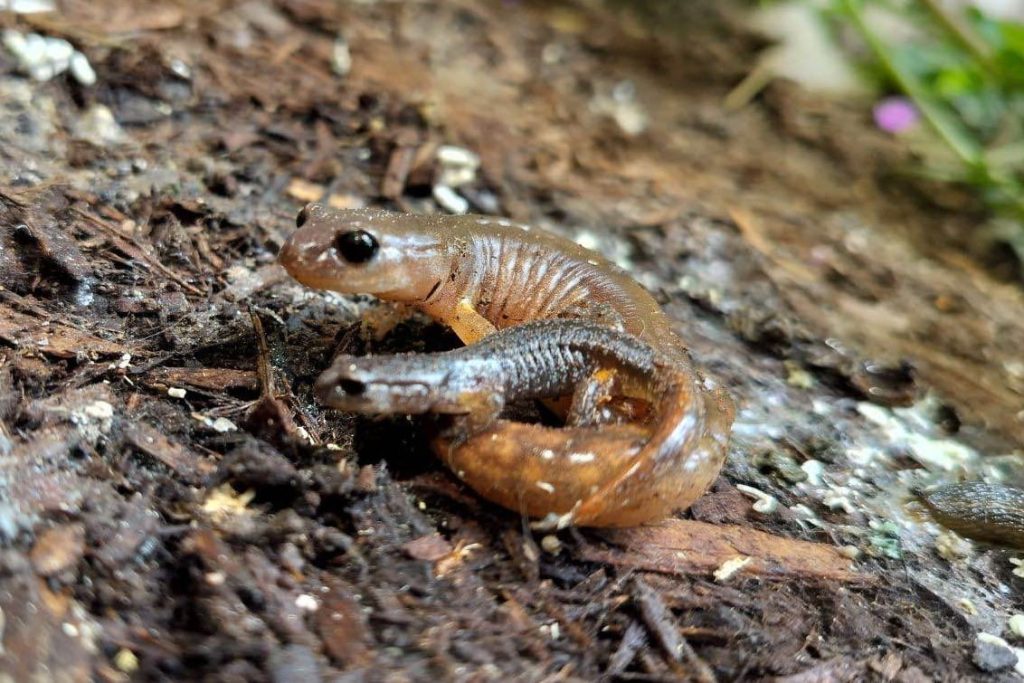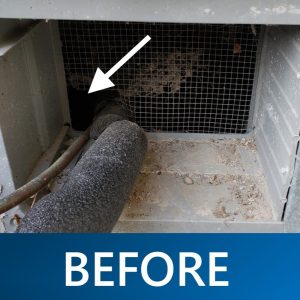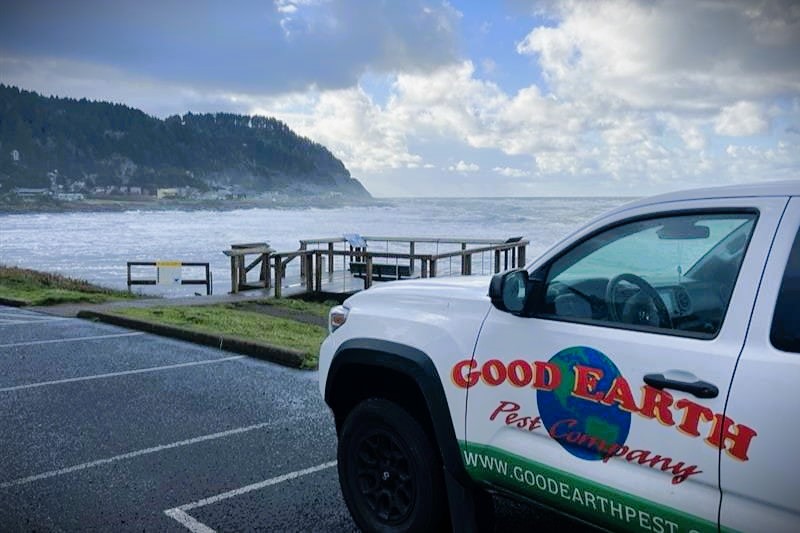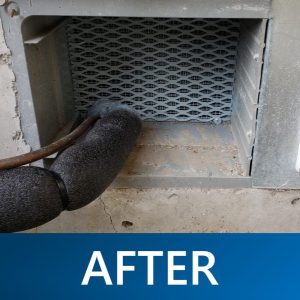When it comes to pest control, one of the biggest concerns for homeowners and businesses alike is environmental safety. It’s a fair question: Are the products we use at Good Earth Pest Company safe for the environment? The short answer? Yes.
As a family owned, Oregon based company located in the heart of the Willamette Valley, we’re always keeping the ecosystems of our beautiful state in mind. But let’s break down exactly what that means, how we ensure eco-friendly pest control, and what steps we take to protect the planet while keeping your home pest-free.
Key Takeaways
-
- Good Earth prioritizes environmentally responsible pest control methods.
- We use Integrated Pest Management (IPM) principles to minimize chemical applications.
- Our products are chosen based on their low impact on non-target species, air, water, and soil.
How We Approach Environmentally Responsible Pest Control
At Good Earth, we don’t just apply pesticides and call it a day. Our strategy focuses on long-term prevention, targeted applications, and responsible product selection. We take extra care to ensure that our methods are as safe for the environment as they are effective at eliminating pests.
-
- Minimizing Chemical Use: Through IPM, we push non-chemical solutions like exclusion, habitat modification, and monitoring, increasing efficacy and minimizing the scope of chemical treatments.
- Selecting Eco-Friendly Products: The products we use are carefully vetted for low toxicity, targeted effectiveness, and minimal impact on beneficial organisms.
- Proper Application Techniques: Our technicians are trained to apply treatments only where necessary, reducing runoff, overspray, and unintended environmental exposure.

A powerful buck lounges in the yard of a client, its antlers rising like a crown.
What Makes a Pest Control Product Environmentally Safe?
At Good Earth, we carefully select products that provide effective pest control while maintaining a low environmental footprint. Every product we use meets strict criteria for environmental safety, ensuring minimal impact on beneficial species, soil, and water quality.
Not all pest control products are created equal. The ones we use at Good Earth meet strict criteria for environmental safety, including:
Low Residual Impact:
Our non-repellent insecticides, formulated with active ingredients like indoxacarb and dinotefuran, are designed to break down efficiently after use, reducing the potential for accumulation in soil or water sources. Unlike older chemical treatments, these products target pests while preserving surrounding ecosystems.
Targeted Action:
We prioritize baits containing active ingredients such as boric acid and indoxacarb, which work within pest populations while minimizing risks to beneficial insects like bees and butterflies.
Minimal Non-Target Impact:
Our rodent control program takes extra precautions to ensure safety for non-target species. We use baits with active ingredients like cholecalciferol, bromadiolone, and difethialone, carefully selecting formulations that reduce secondary poisoning risks. These baits are always placed in tamper-resistant bait stations, which prevent unintended exposure to pets, wildlife, and beneficial animals. Additionally, our approach prioritizes integrated rodent management, combining exclusion, habitat modification, and monitoring to reduce the reliance on baiting whenever possible. These baits target rodents effectively while posing minimal danger to non-target wildlife when used in properly secured stations.
Safer for Soil & Water:
Our perimeter treatments utilize active ingredients such as lambda-cyhalothrin, which, when applied correctly, provides effective pest control while minimizing runoff into water systems. Additionally, insecticidal dusts containing amorphous silica or borates offer long-lasting control in voids and cracks without contaminating soil or groundwater. Additionally, our insecticidal dusts, such as Cimexa and Tempo Dust, provide long-lasting protection in voids and cracks without contaminating soil or groundwater.

A pair of salamanders huddle together in the damp earth after being exposed by the removal of debris.
The Role of IPM in Reducing Environmental Impact
We believe in prevention first. Integrated Pest Management (IPM) is a cornerstone of our approach and helps limit the need for chemical treatments by consulting with our customers on effective methods for
-
- Sealing Entry Points – Keeping pests from getting inside so pesticides aren’t needed. (See pictures below for an example of a vent screen we repaired!)
- Modifying Habitats – Eliminating food, water, and harborage areas so pests don’t thrive.
- Using Mechanical & Biological Controls – From traps to natural predators, we use nature to fight nature whenever possible.

Balancing Synthetic and Natural Pest Control
We often get asked whether natural or organic pest control options are always safer. The truth is, not all natural products are risk-free, and not all synthetic products are harmful. Our focus is on using the right product for the job—one that eliminates pests effectively while maintaining environmental balance.
For example, botanical-based insecticides like Essentria IC-Pro and Nature-Cide All Purpose Concentrate provide effective pest control with plant-derived ingredients, but they still require proper application to avoid unintended effects on beneficial insects. On the other hand, carefully formulated synthetic products like Phantom Termiticide and Termidor SC offer targeted pest control with minimal risk when applied correctly. While some plant-derived pesticides are effective, they can still pose risks if misused. Essential oils, diatomaceous earth, and other natural solutions can have unintended consequences for beneficial insects, pets, or even human health. That’s why we focus on what works best with the least environmental impact—whether it’s synthetic or naturally derived.
How You Can Help Keep Pest Control Eco-Friendly
We’re all in this together. Here’s how you can contribute to an environmentally responsible pest control strategy:
-
- Reduce Attractants: Keep food sealed, fix leaks, and remove standing water.
- Maintain Landscaping: Trim plants away from structures and keep mulch thin to discourage pests.
- Seal Gaps & Cracks: Prevent pests from getting inside so fewer treatments are needed.
- Work with Professionals: A well-planned pest management program reduces overall pesticide use and improves long-term results.
Final Thoughts
At Good Earth Pest Company, environmental safety isn’t an afterthought—it’s a priority. By combining responsible product selection, IPM strategies, and professional application techniques, we provide pest control solutions that are effective without compromising the health of the environment.
If you have any questions or concerns about how our treatments align with your eco-friendly values, we’re happy to chat. Give us a call, and let’s find a solution that works for both your home and the planet!




